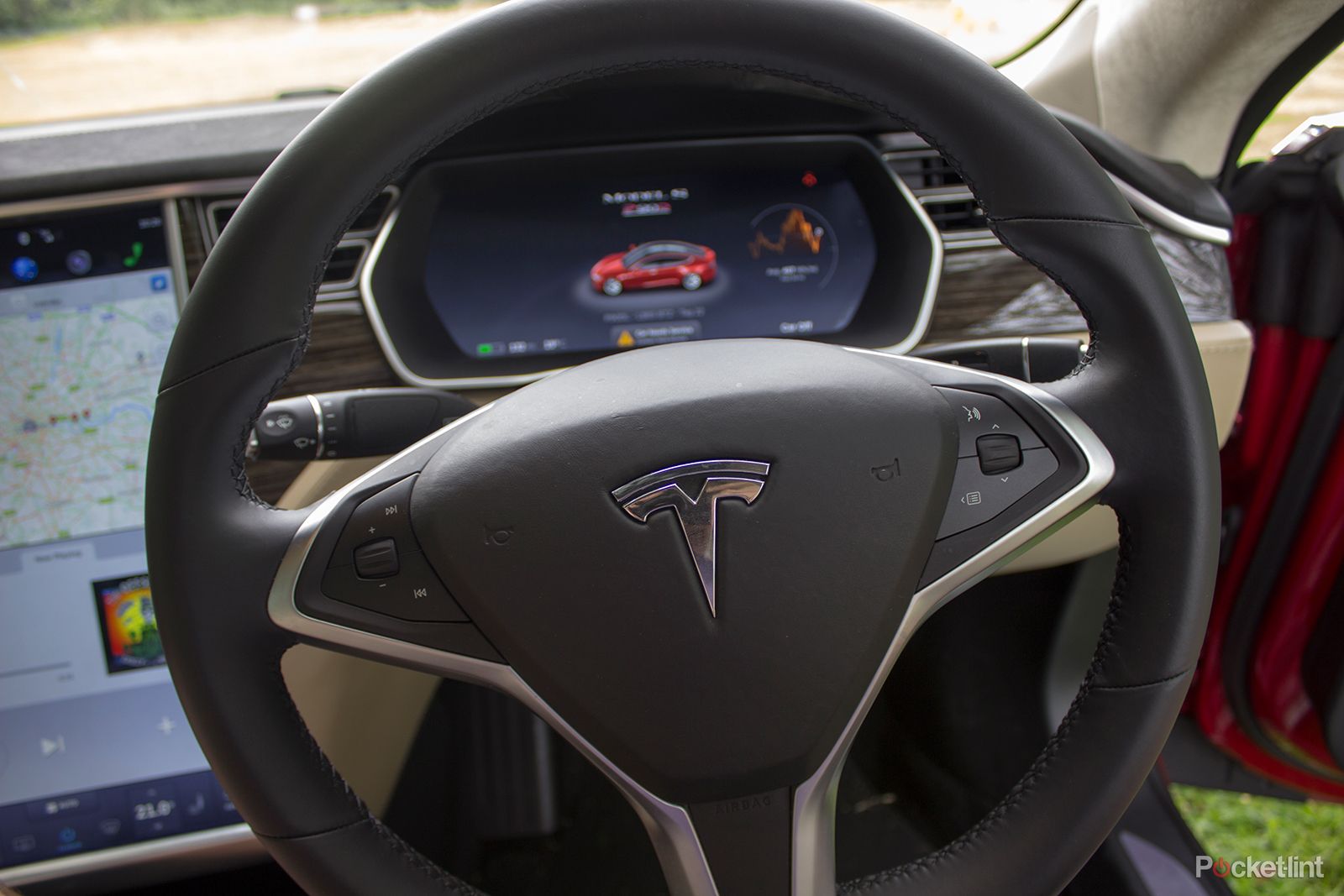For the first time in ten years, Elon Musk has published the first major update to Tesla's master plan, which includes a number of key areas the company is working on for the short-term and long-term future. In Musk's Master Plan, Part Deux, Tesla will evolve the home energy market, large public transport and load-carrying vehicles, as well as self-driving cars.
Tesla Master Plan part II: Solar and battery integration
Although it was given only the briefest mention, top of Musk's pile was the home energy business. With the company in the process of buying SolarCity, the roof panel company, Tesla will eventually create a solar roof panel system that incorporates the battery for power storage.
In the short-term, it seems the most logical way to achieve that is to sell roof panels and the Tesla Powerwall together as a package. To make this happen, Tesla and SolarCity need to be the same company to "break down the barriers inherent to being separate companies."
Tesla Master Plan part II: Large vehicles
Having virtually reached the end goal of the first part of its master plan, i.e. building a low cost, high volume car, Tesla can now look forward to other areas in the vehicle space. For consumers, that involves releasing the Tesla 3 as well as a "new kind of pickup truck" and a compact SUV. With those three, Tesla will have most sectors of the consumer market covered. But it's arguably in the large vehicle sector that Tesla will make its most exciting moves.
Tesla wants to build both heavy-duty trucks and "high passenger-density urban transport". In other words: Lorries and busses that can drive themselves. Both are already in development, and will be ready for unveiling by some time in 2017. Musk claims the Tesla Semi truck will both be fun to drive and can significantly reduce the cost of cargo transport.
As for the bus, Tesla thinks it makes sense to make busses smaller. With the rise of autonomy, busses can be made smaller and can - with a redesign of the seating - still hold a good number of passengers. Eliminating the centre aisle and putting seats where there are now entry ways will make this possible.
Using Tesla's electric motor tech along with the autopilot system will mean the buses can match acceleration and breaking to other vehicles, ensuring that traffic continues to move smoothly.
The bus could take people right to their destination for those with the app on their phone, otherwise people will be able to get on and off at existing bus stops, summoning them using a button in the bus stop.
Tesla Master Plan part II: Ride sharing
Returning to cars, and a big part of the future of driving, in Tesla's eyes, is that an autonomous car can potentially make you enough money that it covers the monthly loan or lease cost. With a fully-autonomous car, you could make it available for sharing with others as part of Tesla's shared fleet. That means when you're working or on holiday, other people can summon the car and pay to ride in it.
In big cities where demand outstrips supply, Tesla will be operating its own fleet, so customers will always be able to hail a ride from a Tesla.
Of course, in order to make this possible, much needs to be done in the entire area of self-driving vehicles. Hardware doesn't need much improvement, it's the software making sense of all the sensor data and controlling the car that needs the most work.
Tesla Master Plan part II: Autopilot
In its current state, Tesla's autopilot system is twice as safe as a human driver (according to a 2015 NHTSA report), but it will remain in its "beta" state until that number reaches 10x.
Then there's the regulations that need to be drawn up in each region and market to make it legal to be in a self-driving car. Currently, drivers need to be in control of their vehicle at all times. But in future, we're going to be able to just sit, relax, sleep, read a book or sip tea, while our cars do all the work for us. For that to be possible, legislation needs to be made.
In short, the future that we've been dreaming of since we were kids is closer than ever, and it's Tesla driving that dream in to reality.

